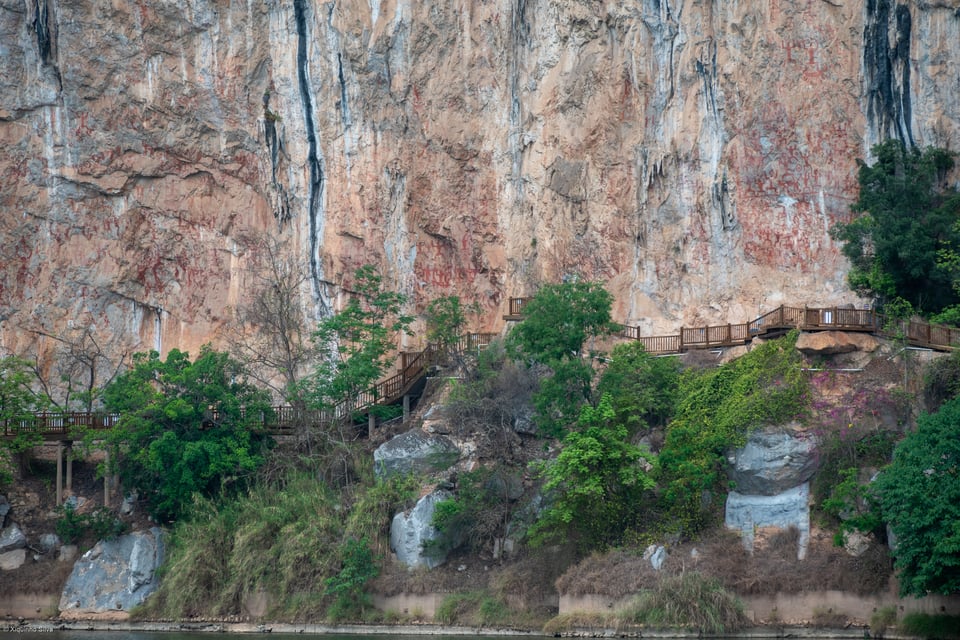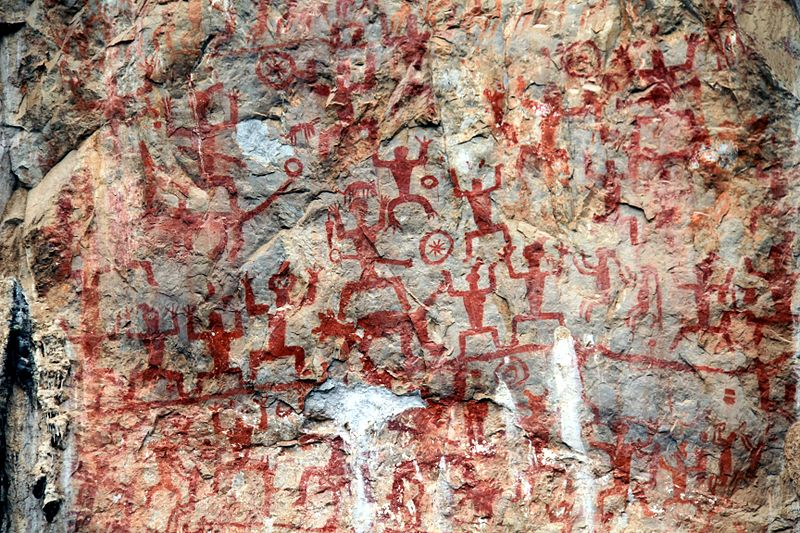A Long Time Ago... #3
Hello there.
Or should I say Execute Order 66. That’s right - Happy Revenge of the Fifth, otherwise known as the day after Star Wars Day, May the Fourth (be with you).
Hope you all had a good one. As well as watching Tales of the Empire first thing on Disney+, and The Phantom Menace at my local cinema (and the sneak preview of the new Star Wars show The Acolyte), I had the pleasure of being spotlighted on the Artist Hub’s Instagram - go and check out that amazing community of creatives. I’m very grateful for their support!
I also had the pleasure of announcing that I’m writing for Star Wars Insider, the official magazine of my favourite franchise, namesake of this bi-weekly letter. There’ll be a proper, bigger announcement post closer to the time of release (in June! (/July for UK)). I want to make a splash with the news, really shout it from the rooftops when it’s ready, but for now, you loyal subscribers get the scoop!
Thank you so much for the support. It’s mind-boggling that I’ve actually written professionally about my favourite franchise. Perhaps you can see why starting this specific exploration of art, fiction and history appealed to me, as it had already been brewing for a long time. (This’ll make even more sense in June.)
For those new here, every other Sunday I'll be sharing some insights into my two major passions - Star Wars and history, or specifically, ancient art.
Art as a means of representation, observation and meaning, has survived tens of thousands of years, expressed now in a mesmerising multitude of ways. I'm fascinated by its origins, and a particular subgenre of art known as the Star Wars franchise.
At the moment, I’m expressing and sharing this fascination by taking you through my timeline-ordered shelves of Star Wars books (this week’s seem particularly linked to the date), as well as the ancient art sites that inspire(d) my writing.
In a Galaxy Far, Far Away…

The early days of the Empire hadn’t been explored too much in canon, especially not on screen, until the animated series The Bad Batch which just finished airing earlier this week. Through books, though, we get a varied spread of POVs that move the timeline forward from Episode III: Revenge of the Sith.
The Adventures in Wild Space series is a fun and quick read, aimed at younger readers but enjoyable by all, I think, with quality illustrations. The small prelude story, penned by Cavan Scott, was released for World Book Day. The six main titles alternate between Cav and Tom Huddleston, following a young brother and sister as their explorer parents are kidnapped by the new Empire. The series visits many interesting planets and characters old and new, like Tarkin and the Bridgers, a family important to the animated series Rebels, and its adaptations down the line. It’s very much like the classic ‘episodic’ series I read growing up.
Ahsoka by E. K. Johnston follows the eponymous ex-Jedi post-Order 66, a Star Wars story definitely worth reading, basically required reading for anyone who’s watched the animated shows that told the character’s story. But this book fits in an important gap, when Ahsoka goes from someone in hiding to an active rebel against the Empire.
The novel also has incredible flashback sections that tell the events from the end of The Clone Wars Season 7 before anybody knew the story would be revived. Due to this, certain aspects don’t line up - the book was released four years before Season 7 aired. There’s also the fact that the main gist of the novel is covered in a Tales of the Jedi animated short.
Star Wars has always been long ago events told from a certain point of view, and I like that in the end, the same myth can be retold in different ways in different mediums, while its core beats stay the same - just like real legends. So while the books can supplement on-screen content, all overlapping with comics and games too, they are their own universe of stories. That’s why I’m glad there’s so many Star Wars books to basically tell the whole story of the saga in more depth.
Absent from my shelf is Inquisitor: Rise of the Red Blade by Delilah S. Dawson. It was the first Inkstone edition book I bought, with sprayed red edges, but due to other reading commitments I’ve yet to crack open what will be incredible pages, based on my experience reading Dawson’s previous Star Wars work. The novel shows how certain Jedi could turn to the dark side and begin hunting their own post-Order 66, but I know it explores much more than that, and is based on a cool character that only appeared in a few issues of 2017’s Darth Vader Marvel comics run.
So that inquisitor story moves the timeline forward a few years. By this point the Empire’s firmly got its grip on the galaxy, but its Sith rulers, master and apprentice Palpatine and Vader, still have some stuff to work out. What better way to do that than by facing down a whole hostile planet of creatures and rebels together in Lords of the Sith by Paul S. Kemp. I read this book quite a while ago but it stays in my mind as being unlike any other, something about Kemp’s dense action-packed prose and insight into the relationship between the two titular villains as the hunters become hunted. The book also does well to tie into the Ryloth resistance seen in the animated series.
Which then leads pretty well into The Rise of the Empire, which looks so chunky as it’s actually a collection. It collects Tarkin, by James Luceno and A New Dawn by John Jackson Miller, but I got this edition specifically for the three extra short stories. It’s a very clever collection, though one I’ve read a long time ago, being one of the first books on that shelf.
The stories within help carry on the struggle of the Ryloth freedom fighters, and also spotlight a growing cast of important Imperial characters, making it in a way parts two and three of a trilogy with Lords of the Sith.
Tarkin is such a good exploration of a younger version of Peter Cushing’s character from the first ever Star Wars: A New Hope. We see Tarkin deal with Separatist planets still against the Empire, working with Darth Vader, and his journey to Grand Moff. The most memorable part of this book for me though is the exploration of Tarkin’s youngest years, training as a hunter and survivor on his home planet of Eriadu, probably because this back story comes up again in the comics.
A New Dawn gives a similar prequel treatment to two main characters from the animated show Rebels, particularly focussing on the Padawan survivor of Order 66 Kanan Jarrus, a story very much worth reading. The book does take place a little later in the timeline than others on this list, but it’s part of the collection so… He’s less keen to be a rebel at first, but through the course of the novel Kanan faces his past as a new relationship with rebel Hera Syndulla grows.
It’s a book that really laid the groundwork for the new canon, with the Rebels connection, but also the introduction of Rae Sloane, a character created for the Star Wars book universe, but one that has grown beyond it into video games and Lego! But this book began her journey (though she does appear as a cadet in a short story at the back of Lords of the Sith) as a captain and adversary to Kanan (in a comic too). The third short story in The Rise of the Empire jumps well ahead in the timeline, though, and shows us Sloane’s POV of the Battle of Endor in Episode VI: Return of the Jedi. She goes on from there to be an antagonist in the Aftermath trilogy of books down the line…
In Zuojiang River Valley, Guangxi, China…
So, this site is in Southern China, near Vietnam, an area of high limestone mountains with cliff faces perfect for painting, by a snaking riverside. What I’m about to tell you about is thought to be the largest rock art panel in the world, 1800 motifs covering 4000 square metres. And this Huashan site is one of thirty-eight on the river’s meanders.
Some of the art there may be older, but it’s thought to date from between 403 BCE and 220 CE, from China’s Warring States Period to the Eastern Han Dynasty, made by the Luo Yue people whose descendants still live nearby and revere the art.
Though it’s nowhere near as old as other art I’ve covered so far, it is just as impressive and important, and because of its relative recency, much more can be gleamed about its meaning, what the artists were portraying and their possible beliefs.
Writing my story based at the site, and this post, I was heavily inspired by articles from the non-profit rock art research and education site of the Bradshaw Foundation. The vignette third interlude from my WIP novel is called The Meeting Place, as it’s thought the site was a perfect natural reality of the people’s cosmography, of a river-water/underworld, field land, and the mountain/sky above. So perhaps they chose all these riverside cliffs as they were manifestations of their sacred - perfect places to celebrate through art to whatever powers they revered. The art definitely seems like a celebration.
Here’s a quote from me, followed by a photo:
The light creamy-white stone with patches of tarry black is blue in the night light, frosted with deep-green trees. All is quiet in this karst landscape. The stone is that of a cliff face, a face belonging to a mountain with weathered skin, a stretching, sprawling face and peaked head observing the wide meandering river through the overgrown earthen fields it shields. There is a silent anticipation in the air.
This place is the meeting place.

That’s quite a far-away shot, but you can really see the extent of the art, hundreds of red figures almost ascending up the stone like some reredos, 30-90 metres above the river below. To paint them free climbing would’ve been quite a feat - the artists might’ve used scaffolding or ropes.
It was certainly a large undertaking. All of the art is very standardised, monochrome, figures perhaps squatting, arms held out, hands up. Some wear headdresses or are depicted with potentially ceremonial objects like bronze drums, bells, or blades. It’s not daily activities painted - obviously this celebration was something special. Is something special.
And the figures are bigger than you think:

And the same symbolism, dots and lines, was worked into the frog-posed figures, higher than any tree, as high as the artists could go on the cliff face, their weapons and bronze drums, caught in a vision of eternal ceremony to the godly forces, here in the meeting place.
I wish I could share the whole story with you, but that quote’s enough for now. I’m hoping the book will be traditionally released one day, as part of its larger world.
That brings us to an end of this exploration of a long time ago. I hope you enjoyed! I’ve very much appreciated feedback from a couple of people - maybe a couple more of you would let me know if you’re still finding this interesting, these two passions of mine shared in one (hopefully) educational post.
Thank you very much for reading,
Harvey
